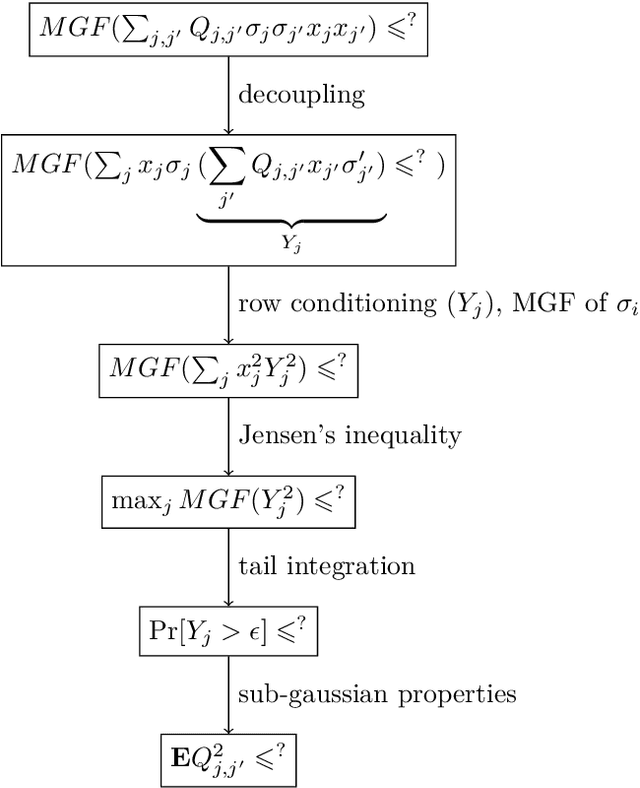Simple Analysis of Johnson-Lindenstrauss Transform under Neuroscience Constraints
Paper and Code
Aug 20, 2020
The paper re-analyzes a version of the celebrated Johnson-Lindenstrauss Lemma, in which matrices are subjected to constraints that naturally emerge from neuroscience applications: a) sparsity and b) sign-consistency. This particular variant was studied first by Allen-Zhu, Gelashvili, Micali, Shavit and more recently by Jagadeesan (RANDOM'19). The contribution of this work is a novel proof, which in contrast to previous works a) uses the modern probability toolkit, particularly basics of sub-gaussian and sub-gamma estimates b) is self-contained, with no dependencies on subtle third-party results c) offers explicit constants. At the heart of our proof is a novel variant of Hanson-Wright Lemma (on concentration of quadratic forms). Of independent interest are also auxiliary facts on sub-gaussian random variables.
 Add to Chrome
Add to Chrome Add to Firefox
Add to Firefox Add to Edge
Add to Edge